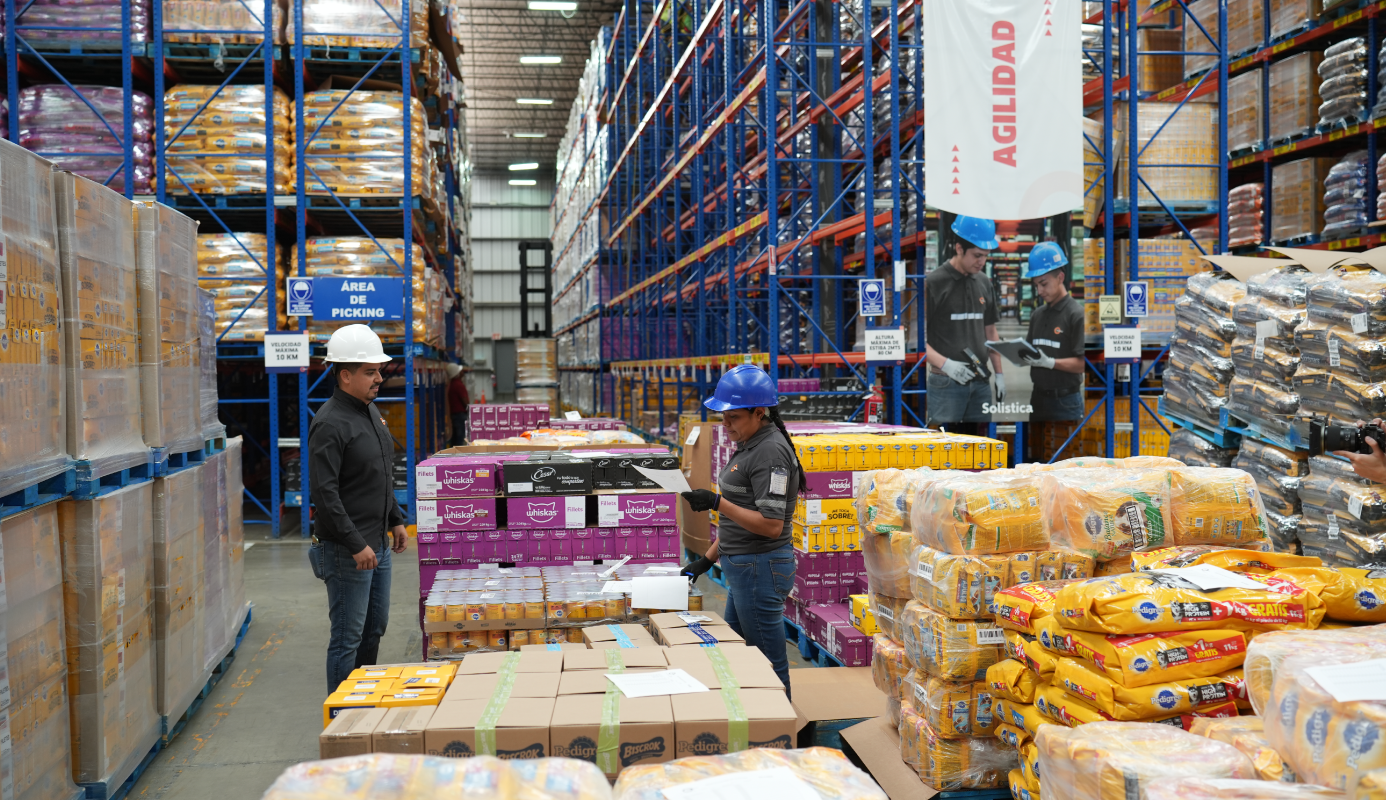2020 is coming to an end and companies all over the world are getting ready for the holiday season with logistics strategies that meet the demand of customers and help them become more profitable.
Events such as Cyber Monday and Black Friday represent up to 50% of holiday spending, both at brick and mortar and at online stores, since clients make the most out of discounts, free shipping, and fast deliveries.
With events such as these, it is essential to have a unified logistics process to deliver orders fast, accurately, and efficiently. To meet these expectations, we must have the necessary resources in terms of warehousing, transportation, and labor.
These are the main challenges retailers face during this season:
- Less available personnel for moving goods.
- More transportation vehicles needed to move a greater number of products.
- Fast resupply process.
- New shopping habits demanding fast deliveries, greater visibility, and better customer experience.
Forecasts for consumer habits during the holiday season
Software company Salesforce expects digital sales to reach historic levels during this holiday season, putting even more pressure on shipping capacity. Considering the status of the COVID-19 pandemic, these are Saleforce’s predictions about consumer behavior for 2020’s holiday season:
- Global 30% growth for online sales compared to last year.
- Up to 700 million shipments may fall victims to delays throughout the world since orders will exceed the shipping capacity by 5%.
- Companies offering online purchasing and in-store pickup will see their digital income rise an average of 90% in comparison to the previous campaign.
- Digital sales will reach a record 940 billion dollars worldwide.
- Likely acceleration of e-commerce of up to 18% of total retail sales worldwide.
- Total holiday sales are expected to remain stable despite the digital growth, foreseeing 5.1 trillion throughout the world.
- Availability, shipping, and delivery terms are now the priorities of shoppers.
- Total volume of parcels reaching clients will probably exceed the shipping capacity by 5% throughout the world, which may result in 700 million deliveries delayed.
- 30% of all online purchases worldwide are expected to be returned, equal to 280 billion dollars.
- Beauty, electronics, games, home decor, furniture, fitness, and toys will be the categories witnessing better sales in 2020’s holiday season.
Tips to improve productivity during the holiday season
Even if the holiday season may seem overwhelming in terms of logistics processes, the following tips may expedite them and improve their efficiency:
- Plan the needs inherent to the holiday season.
It is recommendable to design a planning strategy months before the holiday season that considers the company’s needs for the last months of the year, for example, number of shifts, staff hiring, and new tasks.
- Use the same inventory for all channels.
Even though some companies split their inventory in traditional and e-commerce, the reality for most of them is that it is better to use the same inventory to eliminate pressure at the distribution center.
- Define orders’ deadline.
Moving the order deadline one or two days ahead may lower interruptions and improve the fulfillment level.
- Invest in the proper technologies for all channels.
Transport Management, Warehouse Management, and Enterprise Resource Planning systems will guarantee a flexible and agile supply chain from end to end, including reverse logistics (returns) with real-time visibility.
- Monitor on-site manufacturing performance.
Solutions like labor management mobile systems allow us to keep track of production in a tablet, thus improving warehousing performance.
- Compare freight rates.
A transport management system allows us to book freight in advance at low rates from a network of freighters so we can compare them.
- Offer diverse shipping options.
Offering shipping alternatives such as in-store pickup, reduces pressure on the supply chain.
- Implement communication tools to reduce the rate of returns.
This includes an online chat and full descriptions of products with reviews, videos, guides, available stock, and shipping options.
Planning an increase in purchases through these best practices benefits not only the logistics department but the whole company by avoiding returns, cost increase, and mistakes at the distribution center.
Companies that prepare their supply chains for the holiday season better will efficiently meet the expectations of their customers. Having logistics companies like Solistica helps them maintain their operations free of interruptions.






